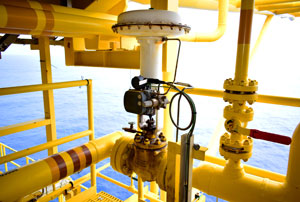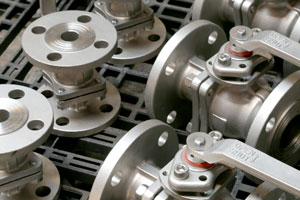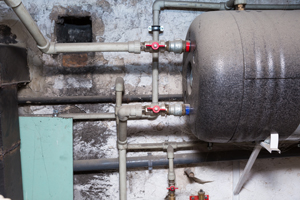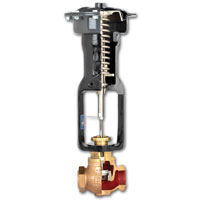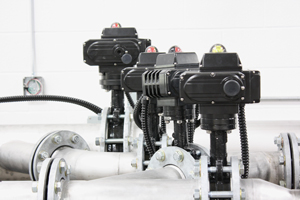 Brought to you by the W.E. Anderson division of Dwyer Instruments, the Series WE20 is a highly configurable line of butterfly valves designed to meet all of your specific demands. Our butterfly valves can be configured for manual operation, or for use with electric or pneumatic actuators. Continue reading “Butterfly Valves – Configurable to Meet Your Demands”
Brought to you by the W.E. Anderson division of Dwyer Instruments, the Series WE20 is a highly configurable line of butterfly valves designed to meet all of your specific demands. Our butterfly valves can be configured for manual operation, or for use with electric or pneumatic actuators. Continue reading “Butterfly Valves – Configurable to Meet Your Demands”
How Do I Properly Size a Valve?
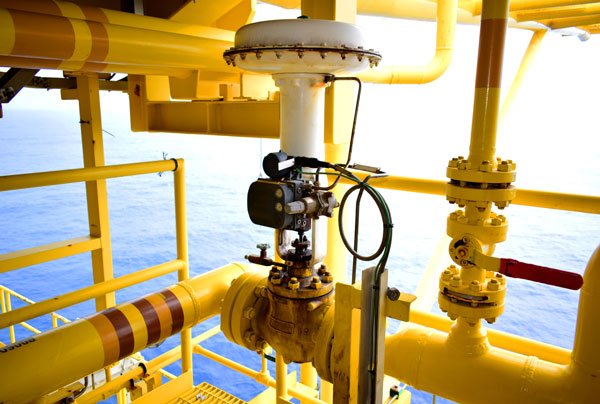
We are often asked what size valves are needed for specific applications. Continue reading “How Do I Properly Size a Valve?”
5 Factors to Consider When Choosing a Valve
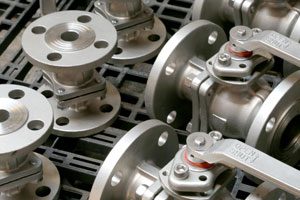 Valves are used to handle a wide variety of functions in controlling the flow of liquids and gases. With so many options available, it’s important to look at all of the factors to ensure you are selecting the correct valve for your application.
Valves are used to handle a wide variety of functions in controlling the flow of liquids and gases. With so many options available, it’s important to look at all of the factors to ensure you are selecting the correct valve for your application.
Continue reading “5 Factors to Consider When Choosing a Valve”
Work Smarter, Not Harder. Hydronic Balancing Simplified.
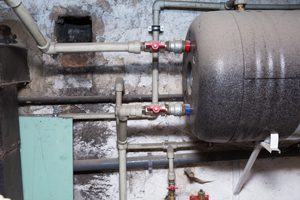 I often get asked, how should one simplify the hydronic balancing process? Since system blueprints will specify exactly where to set the balancing valves on the hydronic system to achieve proportional flow, it may seem simple enough for an installing contractor to determine the pressure drop through each circuit; however, hydronic systems are rarely installed exactly as designed. Continue reading “Work Smarter, Not Harder. Hydronic Balancing Simplified.”
I often get asked, how should one simplify the hydronic balancing process? Since system blueprints will specify exactly where to set the balancing valves on the hydronic system to achieve proportional flow, it may seem simple enough for an installing contractor to determine the pressure drop through each circuit; however, hydronic systems are rarely installed exactly as designed. Continue reading “Work Smarter, Not Harder. Hydronic Balancing Simplified.”
Control Valve Sizing
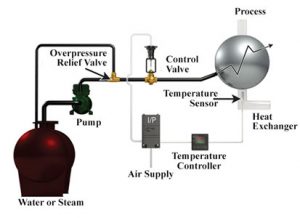
Control valves are used to change process conditions such as flow, temperature, level, and pH. A complete control system would include a sensor, controller, positioner or current to pressure transducer, and control valve. Globe valves, such as the Dwyer Hi-Flow™ Series, are a common type of control valve. In the example shown, a Hi-Flow™ control valve is controlling temperature by varying the amount of steam or cold water added to the process. Continue reading “Control Valve Sizing”

